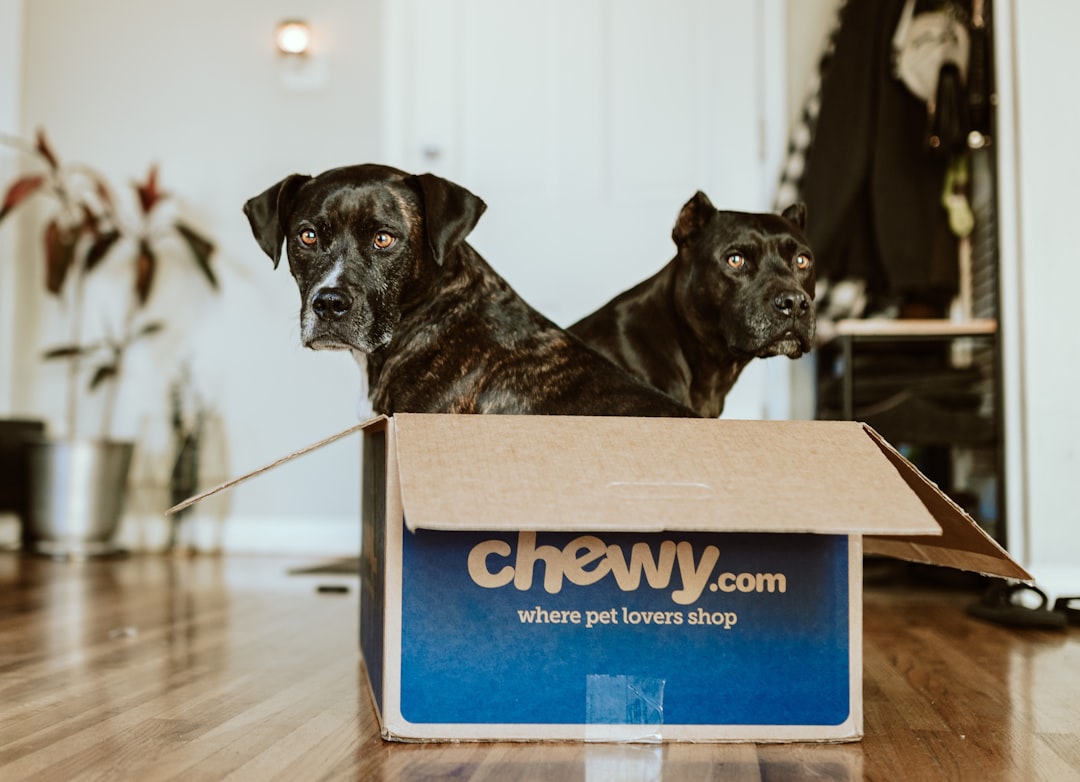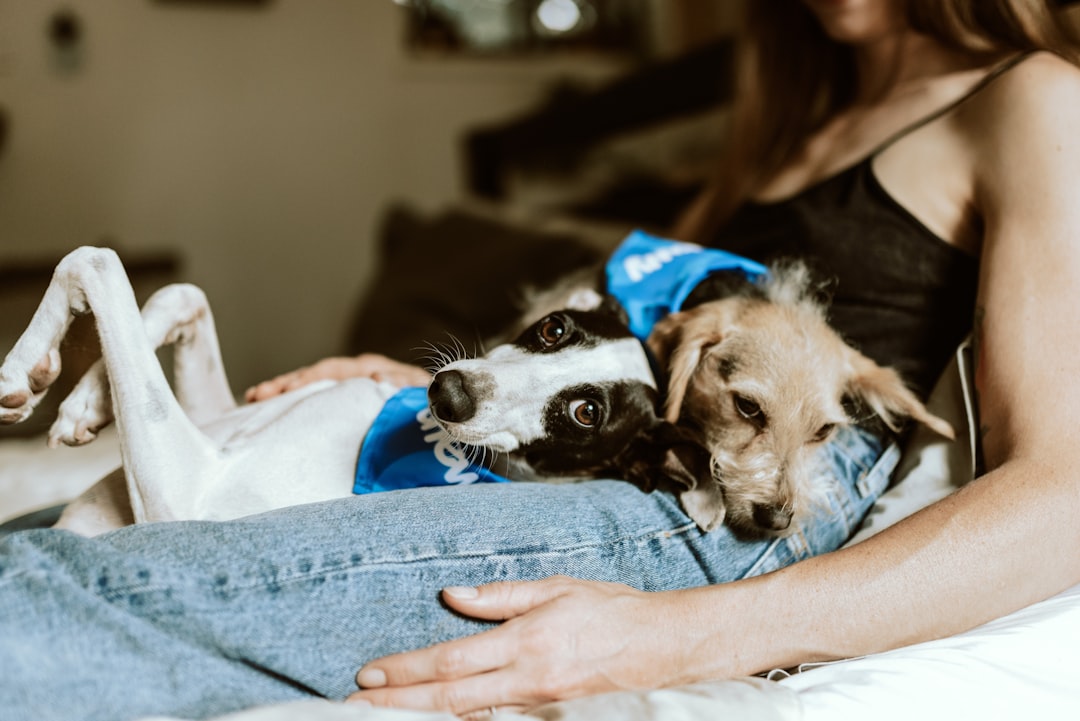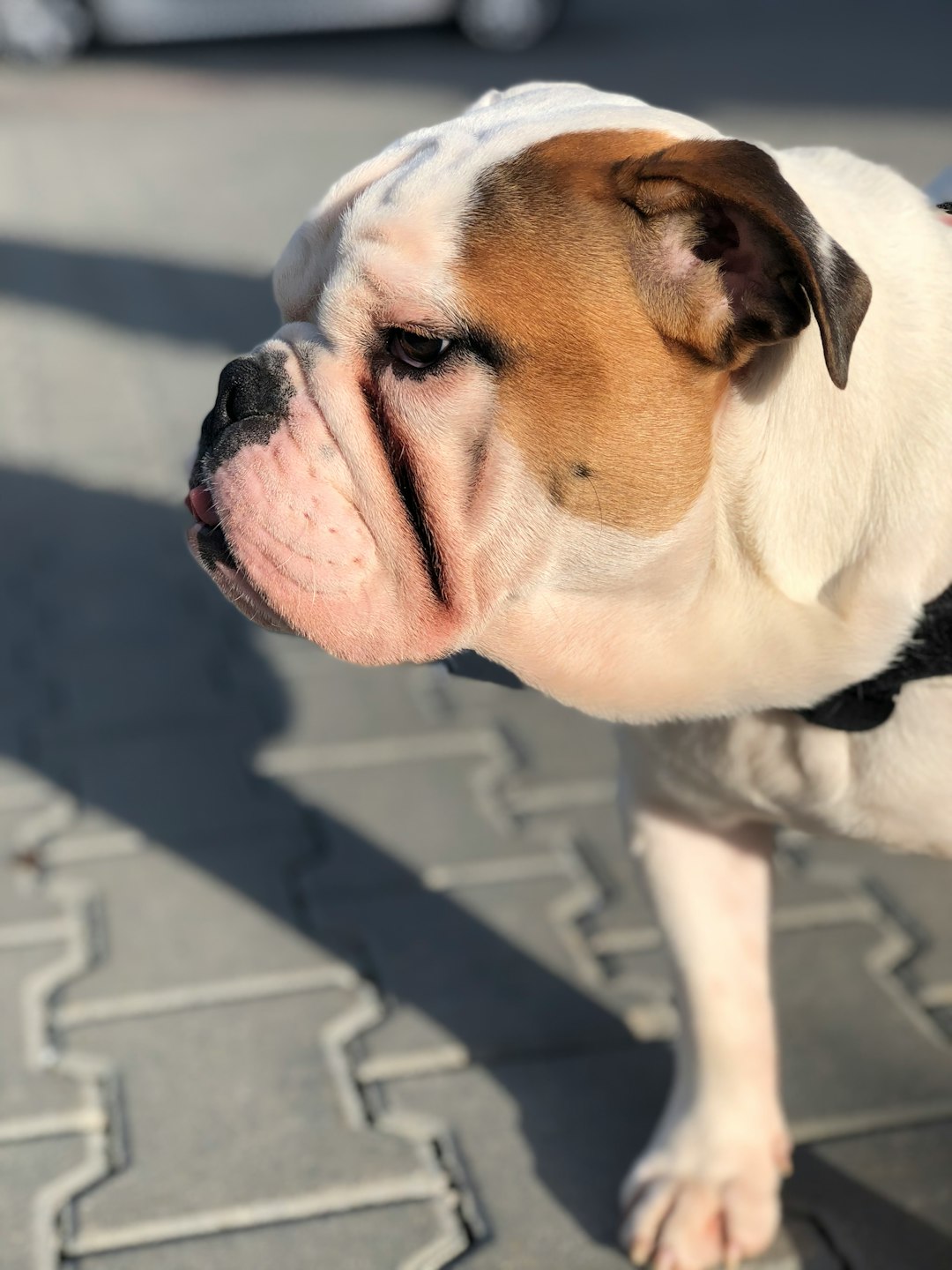Every dog owner knows their furry friend’s quirks and charms, but few are aware of the inner workings of dog lymph nodes. These tiny powerhouses play a key role in your pup’s immune system, and when they swell, it can signal underlying health issues. So, before you panic, let’s embark on a tail-wagging journey through the vital signs and symptoms, diagnosis methods, and potential treatments related to dog lymph nodes. After all, understanding your canine companion better can lead to healthier, happier days together!
Understanding Lymph Nodes in Dogs

Ah, the unsung heroes of your dog’s immune system! Dog lymph nodes may not get the fame they deserve, but they play a crucial role in your furry friend’s health by filtering harmful substances and producing immune cells.
Here’s why understanding them is key:
- Location, Location, Location:
Dog lymph nodes hide in several spots, mainly in the neck, under the jaw, in front of the shoulders, and in the groin. Think of them like tiny security guards, ready to protect against any intruders (a.k.a., bacteria, viruses). - Size Matters:
Healthy lymph nodes are normally small and firm. However, when they encounter a villain (like an infection or disease), they can swell. This is their way of throwing a little “party”—a reaction to thwart the impending threat. - Communication Hub:
They send and receive signals to alert your dog’s body of any trouble, making them invaluable in the battle against illness.
Keep an eye on those dog lymph nodes. With a little knowledge, you can become your dog’s health advocate, spotting issues before they escalate into a full-blown health crisis!
Common Causes of Swollen Lymph Nodes

Ah, dog lymph nodes! These tiny but mighty structures are crucial to your pup’s immune system. When they swell up, it may feel like a mystery novel with a cliffhanger. Let’s break down the common culprits behind those fluffy little bumps:
- Infections: Bacterial, viral, or fungal infections can cause inflammation. It’s like your dog’s lymph nodes are throwing a party, but nobody really wants to attend.
- Allergies: Just like us, pups can react to allergens. Think of it as a “doggy sneezing fit”, leading to an unexpected guest appearance of swelling.
- Autoimmune diseases: Sometimes, the immune system goes rogue. It attacks its own cells, leading to enlarged dog lymph nodes—talk about a betrayal!
- Tumors: Both benign and malignant masses can be sneaky. Sometimes there’s just a lump in the lymph node waiting to be diagnosed.
To sum it up, if your dog’s lymph nodes pop up like unexpected guests, it’s time for a check-up. Health first, fun second!
Signs and Symptoms to Watch For

When it comes to Dog Lymph Nodes, spotting the signs of swelling is crucial for your pup’s health. While they may not voice their discomfort, dogs have their way of telling you something’s off. Here are some signs to keep your eyes peeled for:
- Swollen Areas: Look for bumps or larger-than-usual lymph nodes, often found under the jaw, in the groin, or near the armpits.
- Behavior Changes: If your dog suddenly becomes less playful or more lethargic, it might be time to investigate!
- Fever: A noticeable increase in body temperature could be your dog’s way of saying, “Help!”
- Loss of Appetite: Watching your furry friend refuse their favorite treats? Alarm bells might be ringing.
- Persistent Coughing or Breathing Issues: If they’re wheezing or coughing, take note – it’s not just a hairball!
Remember, while swollen Dog Lymph Nodes can signal various health issues, it’s essential to consult your vet for a proper diagnosis. Don’t let a simple swell turn into a serious condition!
Diagnosis of Lymph Node Swelling
Diagnosing swollen Dog Lymph Nodes is as much an art as it is a science. The process typically unfolds in several engaging steps, each revealing important clues about your pooch’s health.
- Veterinary Examination: A skilled vet will first assess the Dog Lymph Nodes through a physical exam, checking for size and tenderness. Expect a good belly rub, but on the lymph node side!
- History and Symptoms: Be prepared to share your dog’s medical history and any noticeable symptoms, like:
- Lethargy
- Loss of appetite
- Fever
- Diagnostic Tests: If swelling persists, the vet may recommend:
- Blood Tests: Revealing underlying infections or immune responses.
- Ultrasound: Offering a deeper look at the lymphatic system.
- Fine Needle Aspiration (FNA): This nifty technique extracts cells from the swollen Dog Lymph Nodes for lab analysis.
- Biopsy: In severe cases, a biopsy may provide definitive answers regarding potential health issues.
By following these steps, you ensure that your fluffy friend receives the most accurate diagnosis possible, helping to unravel the mystery behind swollen Dog Lymph Nodes.
Potential Health Issues Associated with Swelling
Swollen Dog Lymph Nodes aren’t just a sign of your pup’s fabulous fighting spirit; they can point to various health concerns. Here are a few potential culprits behind that unwanted bump:
- Infections: Bacterial or viral infections can cause lymph nodes to swell as they work overtime to kick out the invaders. Common offenders include:
- Parvovirus
- Lyme disease
- Cancer: Cancers like lymphoma or mast cell tumors can lead to significant swelling in the dog lymph nodes. Early detection can be crucial.
- Autoimmune Diseases: Conditions like lupus can confuse your pup’s immune system, causing it to attack its own tissues, leading to swollen nodes.
- Allergic Reactions: Sometimes, an allergy can cause your furry friend to react with swollen lymph nodes.
To keep your canine companion healthy, monitor any unusual lumps or bumps. Acts on those signs and symptoms swiftly—because staying informed keeps tails wagging!
Treatment Options for Swollen Lymph Nodes
When it comes to dog lymph nodes acting like drama queens and swelling up, fret not! Here’s how to tackle this issue head-on:
- Veterinary Consultation
First things first, a visit to the vet is non-negotiable. They’ll examine your pup and pinpoint the cause. - Medication
Depending on the diagnosis, your furry friend may need:- Antibiotics: If an infection is behind the puffy nodes.
- Anti-inflammatories: To reduce swelling and discomfort.
- Surgery
In more severe cases, vets might recommend:- Lymph node removal: To eliminate cancerous tissues or persistent infections.
- Supportive Care
Just like humans, dogs need TLC! Make sure they’re:- Hydrated
- Rested
- Fed nutritious meals!
- Regular Monitoring
Keep an eye on any changes with those dog lymph nodes. A simple daily check can make a massive difference!
In short, stay proactive. Quick action can mean a world of difference in your dog’s health! 🐾
Preventive Care for Dog Health
Keeping an eye on your pup’s overall health can be the difference between a bouncy ball of fur or a lethargic lapdog. When it comes to maintaining healthy Dog Lymph Nodes, prevention is key! Here are some handy tips:
- Regular Vet Check-ups: Biannual visits can help catch changes early. Your vet will check those lymph nodes as part of a routine exam.
- Healthy Diet: A balanced diet boosts your canine’s immune system, potentially reducing inflammation and the risk of infections affecting the Dog Lymph Nodes.
- Exercise: Keep your dog active! Regular walks or playtime helps maintain a healthy weight and enhances lymphatic function.
- Grooming: Regularly grooming helps you spot unusual lumps or swelling around the lymph nodes.
- Vaccinations: Stay up-to-date with vaccinations to prevent diseases that could influence your dog’s lymphatic health.
Taking these proactive steps will not only support your dog’s lymphatic system but will ensure your furry friend stays happy and healthy for years to come. Remember, a well-cared-for dog is less likely to experience pesky problems with their Dog Lymph Nodes!
When to Consult a Veterinarian
Recognizing when to give your furry friend a vet visit is crucial, especially when it comes to your dog’s lymph nodes. Proactive pet parenting is the name of the game! Here are some paw-sitive signs to watch for:
- Visible Swelling: If you can easily spot enlarged dog lymph nodes around your dog’s neck, groin, or armpits, it’s time to act.
- Persistent Fever: A temperature spike could signal something more than just the average sniffle.
- Loss of Appetite: If Fido suddenly turns his nose up at dinner, something may be amiss.
- Unusual Lethargy: It’s one thing to be a couch potato, but if your pooch seems unusually sluggish, don’t ignore it.
- Coughing or Breathing Changes: Difficulty breathing is a serious concern and warrants immediate attention.
In summary, don’t wait! If you notice any of these symptoms or suspect an issue with your dog’s lymph nodes, make that vet appointment. After all, you want to keep your furry pal healthy and happy! 🐾
Frequently Asked Questions
What are lymph nodes and why are they important for my dog’s health?
Ah, lymph nodes, those little knobby guardians of your dog’s immune system! Think of them as highly skilled sentinels working tirelessly to filter out toxins and fight off infections like miniature security guards at a doggie nightclub. When they detect an invader, they spring into action, swelling up as they increase their efforts to fend off the threat. If you notice your furry friend sporting swollen lymph nodes, it’s often time to consider a trip to the vet, because it could signal that their immune system is raising the alarm about a potential health hiccup.
What causes swelling in my dog’s lymph nodes, and should I be worried?
Swollen lymph nodes in dogs can be a bit like a melodramatic soap opera—full of twists and turns! Causes can range from the mundane, like a harmless infection or pesky allergies, to the more serious concerns like cancers or systemic diseases. While not every case of swollen lymph nodes spells doom, it can definitely be a clue that something’s not quite right in your dog’s health universe. If your pooch starts looking lumpy and bumpy in unexpected places, it’s a solid reason to consult with your vet ASAP for some investigative work!
How can I tell if my dog’s swollen lymph nodes are serious?
Ah, the classic back-and-forth game of concern: swollen lymph nodes! If your dog’s lymph nodes resemble little jelly beans during an innocent stroll, it’s time to observe. Look for behavior changes—are they more lethargic than usual, or are they avoiding their favorite chew toy? Analyze their appetite—Is it dwindling? And don’t forget to check for any accompanying fever, coughing, or unusual lumps elsewhere. If your dog is acting like they just binged on a series of sad movies, it’s best to let a professional break the news. A vet visit is the way to go; better safe than sorry!
What should I do if I find swollen lymph nodes in my dog?
Discovering swollen lymph nodes in your dog might feel like finding a surprise ingredient in an otherwise delightful recipe—unexpected and a bit unsettling! First, resist the urge to play doctor; don’t poke and prod those knobbies! Keep calm, observe your dog’s overall demeanor, and note any unusual behaviors. Next, ring up your vet for an appointment. They will likely suggest a series of tests to get a clear picture of what’s cooking under the surface. It could be something as simple as a minor infection or something that requires more attention. Either way, your vet is the best partner in this paws-itively concerning situation!



